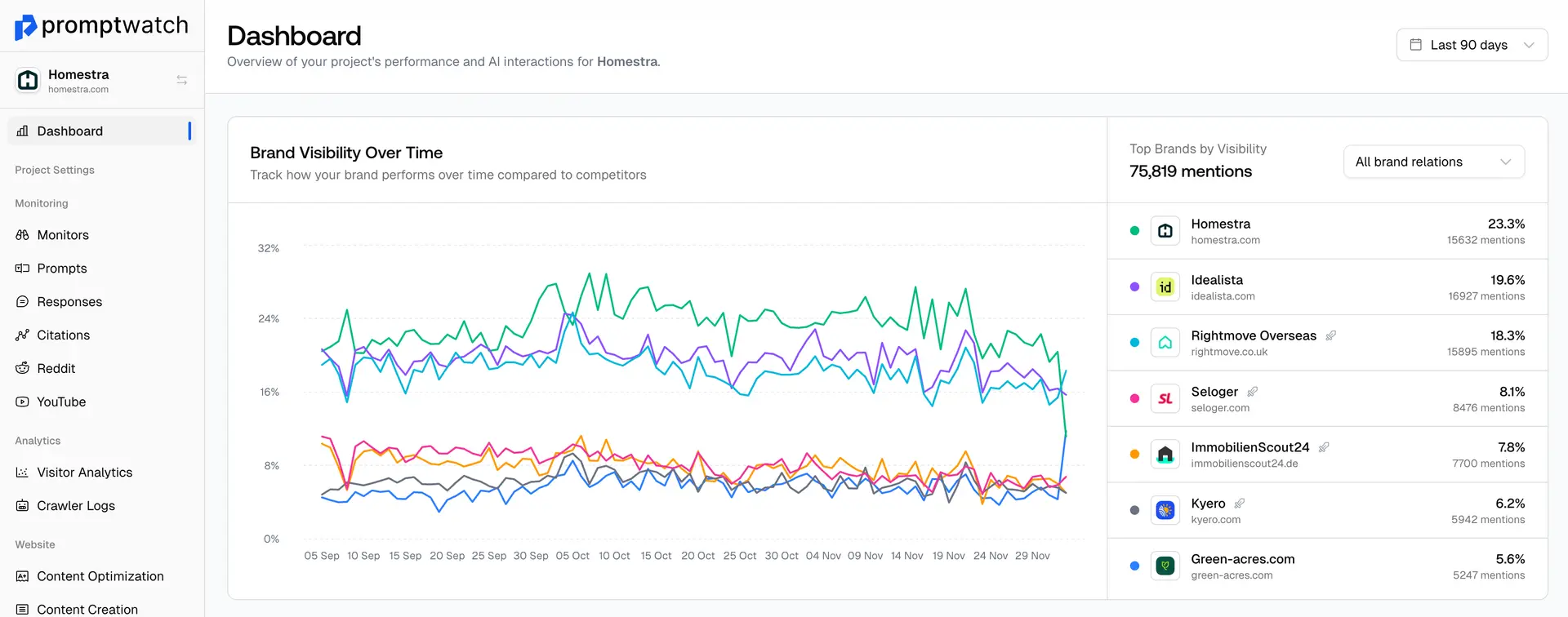Definition
Vector Search, also known as semantic search or similarity search, is a method of finding information based on the meaning and context of content rather than exact keyword matches. This technology converts text, images, or other data into high-dimensional numerical vectors (embeddings) that represent the semantic meaning of the content.
When a query is made, it's also converted into a vector, and the system finds the most similar vectors in the database using mathematical distance calculations. Vector search powers many modern AI applications including recommendation systems, content discovery, and AI-powered search engines.
For AI search and GEO strategies, vector search is crucial because it's how many AI systems find relevant content to include in their responses. Unlike traditional keyword-based search, vector search can understand synonyms, related concepts, and contextual meaning, making it more sophisticated in matching user intent with relevant content.
To optimize for vector search systems, content should use natural language, include related terms and concepts, maintain semantic richness and context, cover topics comprehensively, and use clear, descriptive language. Vector search is increasingly being integrated into search engines, e-commerce platforms, content management systems, and AI assistants, representing a fundamental shift from keyword-based to meaning-based information retrieval.
Examples of Vector Search
- A user searching for 'car maintenance' getting results about automotive care, vehicle servicing, and auto repair, even without exact keyword matches
- An e-commerce platform using vector search to recommend products based on description similarity rather than just category matches
- A knowledge base system finding relevant articles based on concept similarity rather than exact phrase matching
